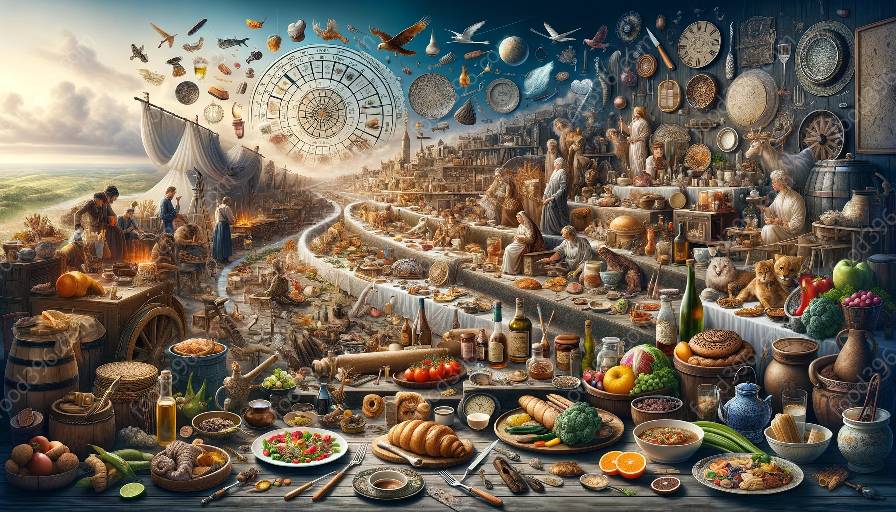Japan's food culture has a rich and diverse history that dates back to ancient times. The development of food culture in ancient Japan has played a significant role in shaping the country's cuisine history and has influenced global culinary traditions. In this article, we will explore the evolution of Japanese food culture, its unique characteristics, traditional ingredients, cooking methods, and the cultural influences that have contributed to its enduring appeal.
Early Influences on Japanese Food Culture
Ancient Japan was influenced by various cultural and historical factors that contributed to the development of its food culture. The introduction of rice cultivation from China around 300 BC had a profound impact on Japanese agriculture and diet. With rice as a staple food, the cultivation of other crops such as soybeans, wheat, and vegetables became essential to the dietary landscape.
Additionally, the arrival of Buddhism in the 6th century further influenced Japanese food culture, leading to the adoption of vegetarianism and the development of new cooking techniques and flavor profiles. This period also saw the introduction of tea, an integral part of Japanese cuisine and culture.
Traditional Ingredients and Cooking Methods
Ancient Japanese food culture is characterized by its emphasis on fresh, seasonal ingredients and simple yet sophisticated cooking techniques. The use of seafood, particularly fish, has been central to Japanese cuisine, owing to the country's extensive coastline and abundant marine resources. Other traditional ingredients such as rice, tofu, seaweed, and fermented soy products like miso and soy sauce have also played a crucial role in shaping the flavors and textures of Japanese dishes.
One of the most distinctive features of Japanese food culture is the meticulous attention to detail in food preparation and presentation. From the art of sushi-making to the precise knife skills of Japanese chefs, the aesthetics of food are deeply intertwined with cultural values and rituals, contributing to the unique and captivating nature of Japanese cuisine.
Cultural Influences and Global Impact
The development of food culture in ancient Japan has not only influenced the country's culinary landscape but has also made a lasting impact on global cuisine. The spread of Japanese culinary traditions, including sushi, sashimi, tempura, and ramen, has garnered widespread acclaim and popularity worldwide, reflecting the enduring appeal of Japanese food culture.
Furthermore, the philosophy of washoku, which embodies the traditional dietary practices of the Japanese, was designated as a UNESCO Intangible Cultural Heritage in 2013, underscoring the global recognition of Japan's food culture and its significance in preserving culinary heritage.
Continued Evolution and Modern Practices
While ancient Japanese food culture laid the foundation for the country's culinary traditions, modern practices have also contributed to the evolution of Japanese cuisine. The fusion of traditional techniques with contemporary innovations has resulted in the emergence of new culinary styles and flavors, exemplifying the dynamism and adaptability of Japanese food culture.
Furthermore, the growing interest in Japanese cuisine and culinary traditions has led to the internationalization of Japanese food, with diverse influences and interpretations contributing to the global repertoire of flavors and culinary experiences.
Conclusion
The development of food culture in ancient Japan has shaped the country's cuisine history in profound ways, yielding a culinary heritage that is both steeped in tradition and open to innovation. From its early influences to its enduring cultural impact, Japanese food culture continues to captivate and inspire food enthusiasts around the world, making it an integral part of global cuisine history.

